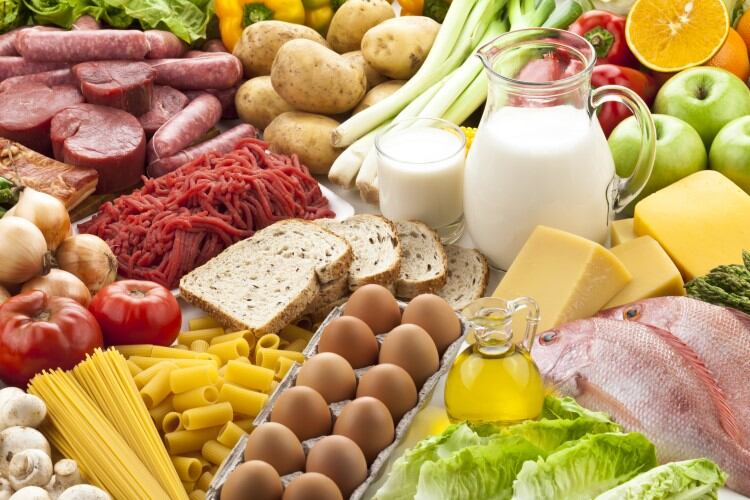The results showed that ever since the pandemic, US consumers have increasingly turned to unhealthy foods containing fat and sugar, while consumption of meat, dairy, fresh fruit and grains has decreased.
The findings of the US study are consistent with similar research that analyzed dietary habits in European countries and could help inform the development of a strategy to manage diet quality during future crises, the researchers said.
Carried out by scholars from the University of the District of Columbia, City University of New York, and McDaniel College, the research surveyed 10,050 US adults aged 40-100. The participants were divided in three groups according to their nutritional status – not at risk, at possible risk, and at risk – which was measured before and after the pandemic.
To assess their dietary habits, the questions were categorized based on MyPlate food group items, e.g. fruit, vegetable, proteins, grain and dairy, along with fat, sugar and sweet items and nutritional supplements.
More adults 'at risk' as fresh fruit and dairy intake is reduced
The results showed that the consumption of milk as the only source of dairy, as well as the daily serving size of cheese and yogurt, have decreased ‘significantly’ since the pandemic. The scores for grains (particularly wholegrain bread), fruit and lean protein sources, such as fish, chicken and turkey, were also lower. There were no meaningful changes in the levels of consumption of processed meats and vegetables, however.
Meanwhile, the score of fat, sugar and sweet (FSS) items – mostly snacks consumed by the participants - rose 3.64%, which the researchers called ‘a significant increase’. Some items in the category also saw decreases, e.g. candy and chocolate (-4.8%), crackers, pretzels and popcorn (-4.1%), ice cream (-0.8%) and butter when used as a spread.
The results also showed that the nutritional status of some of the participants had worsened – according to the study, those participants who were ‘at risk’ before COVID-19, 90% had remained at risk since COVID-19, while those who were classed ‘at possible risk’ before the pandemic were now ‘at risk’.
Reduced buying power likely reason behind dairy’s reduced consumption
The researchers note that the most probable reason why Americans eat less dairy since the pandemic has to do with higher dairy prices. “Total dairy consumption has decreased since the COVID-19 pandemic,” the paper reads. “This reduction can be attributed to the increasing price of dairy products due to the COVID-19 pandemic as well as supply chain disruptions.”
The researchers suggested that preventing a drop in dairy consumption during future crises would be crucial due to the food group’s nutrient content. “It is well-documented that vitamin D deficiencies can contribute to severe cases of COVID-19, due to vitamin D’s role in modulating the immune system and increasing surfactant expression in the lungs,” the paper reads. “Therefore, it is important to address ways to prevent decreases in dairy consumption during pandemics, since dairy is a significant source of dietary vitamin D.”
Meanwhile, the increased consumption of FSS items could be down to stress, the study suggests. “For the groups that did increase their snacking habits, experts have suggested a link to increased psychological distress and uncertainty, a phenomenon known as “emotional eating”,” the researchers wrote. “Increased snacking habits were also associated with individuals who already had a higher BMI.”
According to the survey, the use of nutritional supplements among the participants had decreased since the pandemic, a finding that ‘contradicts previous studies’. This difference could be contributed however to the smaller sample size of the study and its older demographic, among other factors.
Sources:
Changes in Food Consumption Trends among American Adults since the COVID-19 Pandemic
Monroe-Lord, L., et al
Published: 5 April 2023, Nutrients 2023
DOI: 10.3390/nu15071769
Dietary Habits before and during the COVID-19 Epidemic in Selected European Countries
Skotnicka, M., et al
Published: Nutrients, 2021
DOI: 10.3390/nu13051690


